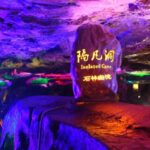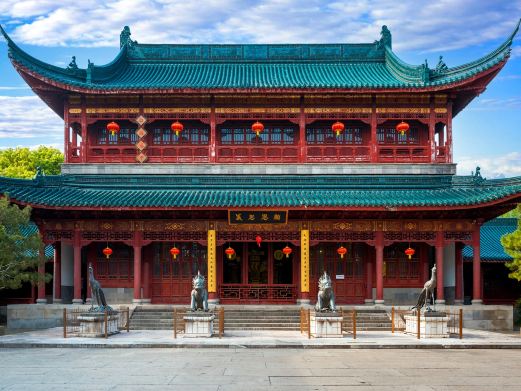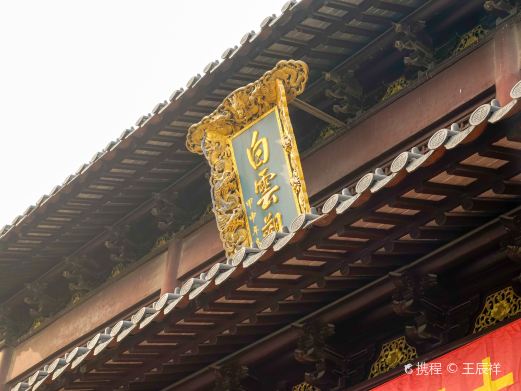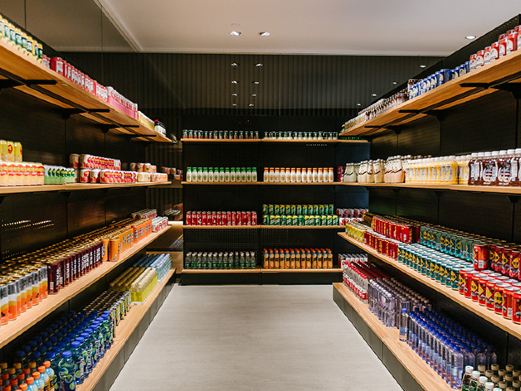Dongquanmen is an ancient street formed in the Ming Dynasty. It is located in Yangzhou City. It extends from east to Guanxiang Alley and is about 700 meters long. The ancient street is paved with stone slabs. On both sides of the street, there are many old salt merchant residences with black tiles and blue bricks. There are also numerous shops. Tourists can come here to shop and enjoy delicious food. Most of the buildings have their doors closed and can only be viewed from the outside. The Wang’s Small Garden is worth visiting. This residence of a salt merchant in the late Qing Dynasty and early Republic of China is exquisitely and uniquely constructed. In the garden, one can see Huizhou three carvings, Jiangnan gardens, and Western-style furniture at the same time. One can also explore the secrets of salt merchants and look for many hidden mechanisms such as treasure caves and basements. Exit from the back door of Wang’s Small Garden and one can visit the Yangzhou Paper-cutting Museum. In the snack bars on the ancient street, one can taste Yangzhou’s special delicacies such as lion’s head and boiled shredded dried bean curd. See which shop on the street is popular and go and buy something to eat. The prices are basically fair. There are many side alleys branching out on both sides of Dongquanmen. If you want to see the original life of the common people in the old city of Yangzhou, you have to go to these alleys. Wandering around in the alleys, you can also discover the former residence of Zhu Ziqing hidden in the deep alley. 300 meters north of Dongquanmen is the Dongguan Street Historic District, which is parallel to Dongquanmen. Together, they are called the ‘Double Dong Historic District’ and can be visited at the same time. If you want to stay overnight, you can stay on Dongguan Street and come out again at night to enjoy the night view of the Double Dong Historic District.
Dongquanmen Historic District
Dongquanmen is an ancient street formed in the Ming Dynasty. It is located in Yangzhou City. It exte[...]









